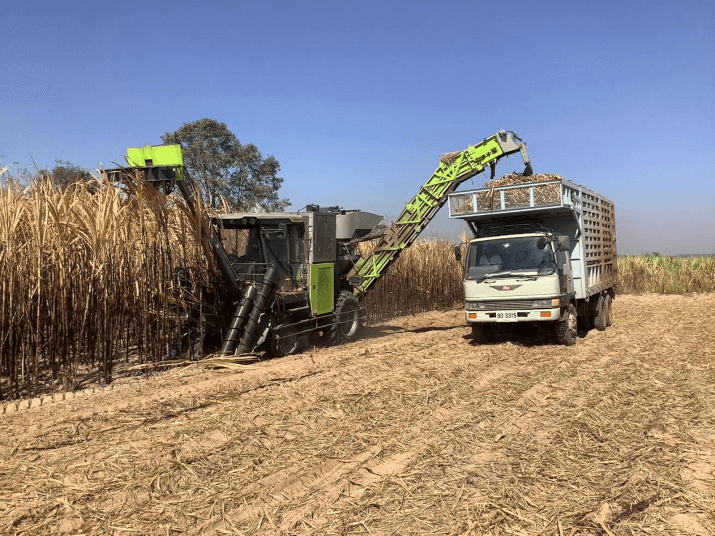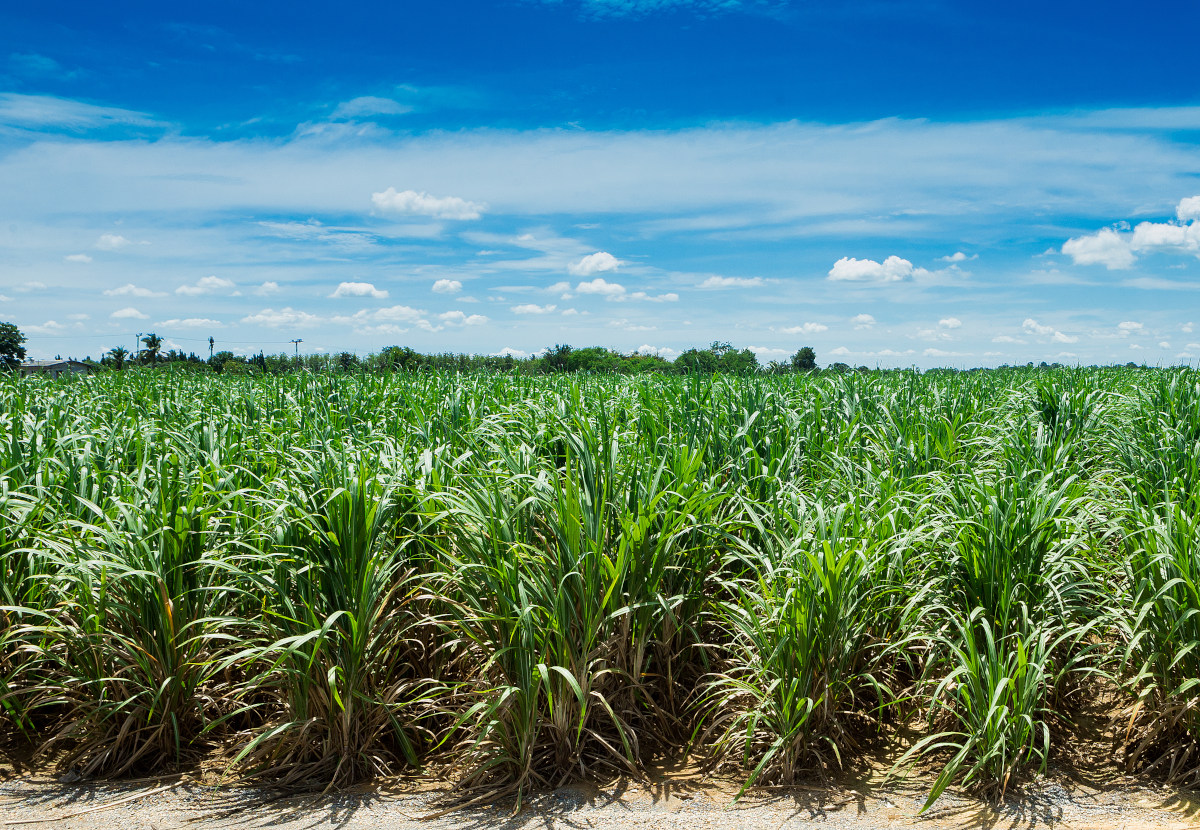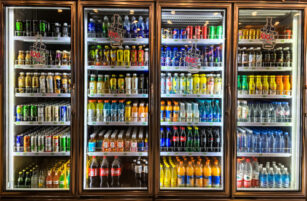Opinions Focus
- Thai farmers are harvesting and delivering their cane to the mills.
- Yields are fine despite low fertiliser availability.
- Labour shortages are still a concern.
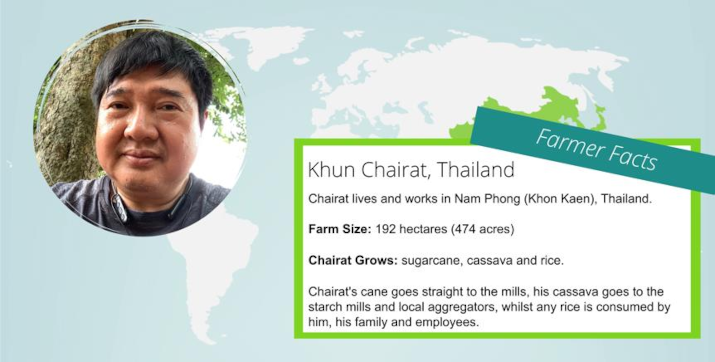
What have you been up to?
We’ve been crushing cane for around a month and a half. All farmers are harvesting their cane to deliver to the mills.
I’m harvesting both fresh and burnt cane using a mixture of manual labour and harvesting machines. I’m also preparing land from which I’ve harvested cane for the next cassava crop through tillage and controlling weeds.
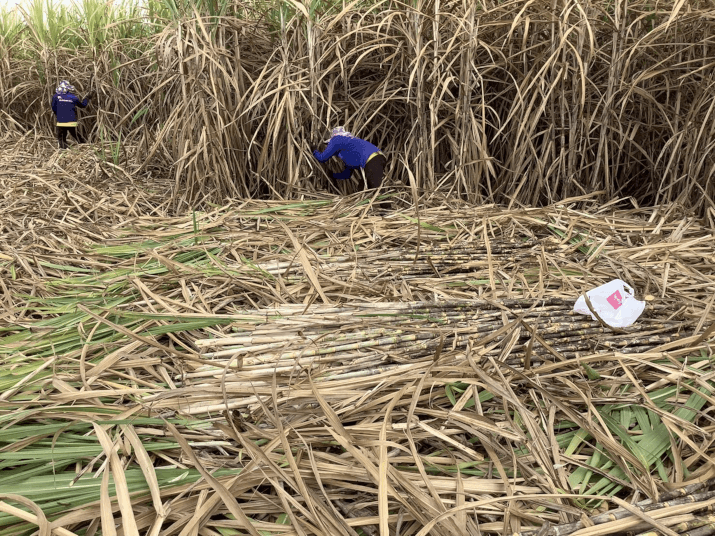
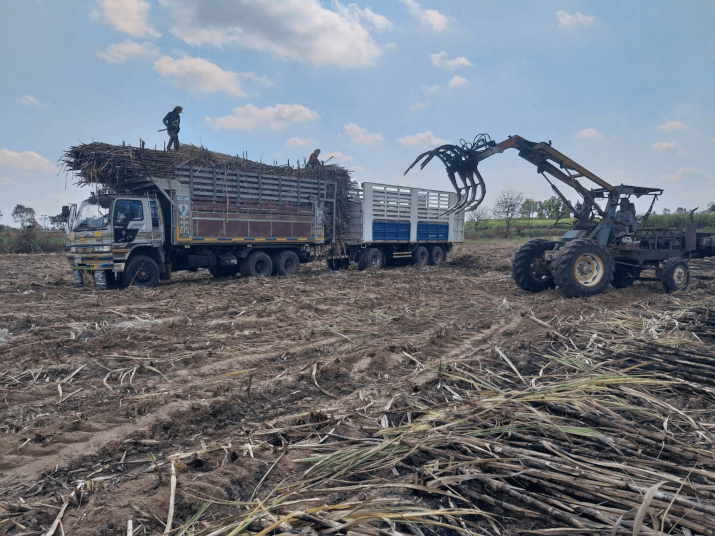
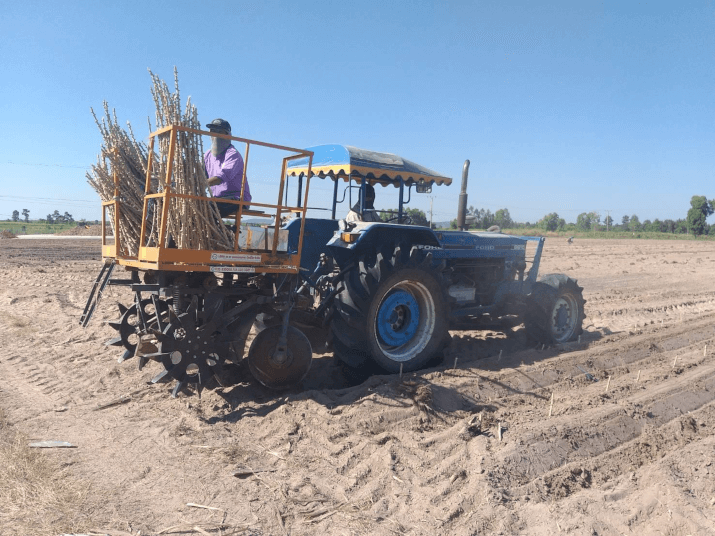
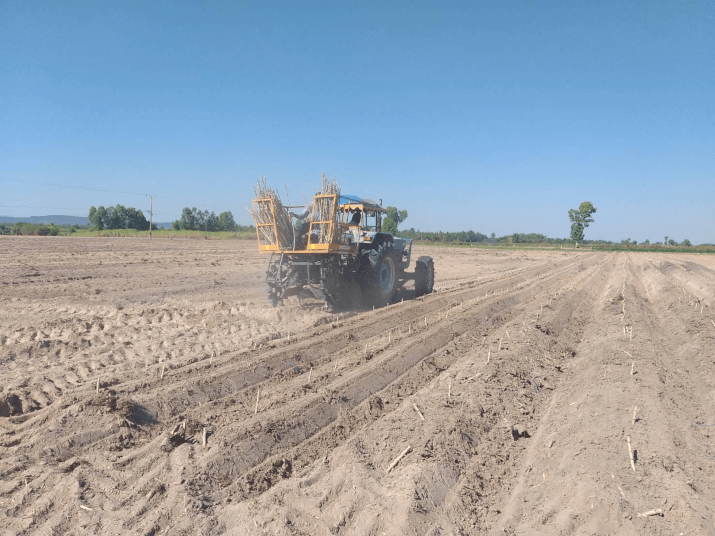
What stage is your crop at?
This year’s cane crop is performing slightly better than expected, thanks to the unusual rain from October to November, which helped promote agricultural yield. Despite the high price of fertilizer and low-quality fertilizer farmers used this year, productivity met my expectations.
Because of a lack of working capital in the area and the difficulty of harvesting fresh cane, mills in Khon Kaen province have the highest proportion of burnt cane being delivered in Thailand. But local mills are encouraging farmers to harvest fresh cane rather than burnt cane by offering credits for harvesting machine rental.
What’s your biggest concern?
An unexpected fire spread from a neighbouring cane field, causing my fresh cane to become burnt cane, because the cane areas are connected without any barrier to prevent fire from crossing from one field to another.
Given the lack of farm labour, the harvesting process is the most pressing concern. As it stands, there are several tasks that need to be done in the field, including putting out the fire from the neighbouring cane field and harvesting it. And my remaining fresh cane also needs to be harvested.
